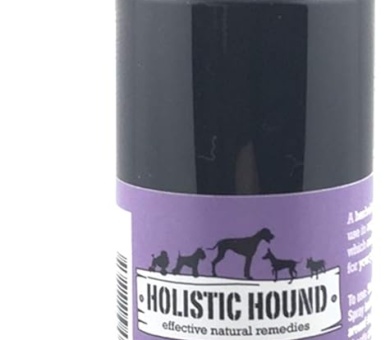Decoding Dog Supplement Labels: A 2025 Guide to Choosing the Right Products
Cut through the confusion and make informed choices for your pup’s health.
In 2025, the pet supplement market is booming, with shelves and online stores overflowing with options promising to boost your dog’s health. But with flashy marketing terms, vague ingredient lists, and regulatory gray areas, choosing the right product can feel overwhelming. This guide breaks down what you need to know to decode labels confidently and select supplements that truly benefit your dog.
Why Dog Supplement Labels Are Confusing
Unlike human supplements, pet products aren’t tightly regulated by the FDA. While the Association of American Feed Control Officials (AAFCO) sets guidelines, compliance isn’t always enforced. This leaves room for misleading claims, ambiguous terminology, and inconsistent quality. Add in terms like “all-natural” or “vet-approved,” and even savvy pet parents get lost in the noise.
Breaking Down the Label: Key Components
-
Ingredient List
- Ingredients are listed by weight. The first 3-5 items make up the bulk of the product.
- Look for recognizable ingredients (e.g., “chondroitin sulfate” vs. “proprietary blend”). Avoid fillers like corn syrup, artificial colors, or vague terms like “animal digest.”
- Red flags: Ingredients toxic to dogs, such as xylitol or excessive vitamin D.
-
Guaranteed Analysis
- This section lists minimum or maximum percentages of key nutrients (e.g., protein, fat, fiber).
- Focus on nutrients relevant to your dog’s needs. For example, joint supplements should specify glucosamine and chondroitin amounts.
-
AAFCO Statements
- Phrases like “formulated to meet AAFCO guidelines” indicate the product meets basic nutritional standards. However, this doesn’t guarantee efficacy for specific health issues.
- Expiration Dates & Lot Numbers
- Ensure freshness and traceability. Supplements degrade over time, reducing potency.
Marketing Terms vs. Reality
- “Natural” or “Holistic”: No legal definition. Check for certifications like USDA Organic or Non-GMO Project Verified.
- “Veterinary-Approved”: Look for brands that collaborate with veterinary nutritionists or provide clinical studies.
- “Complete Support”: A vague claim. Cross-reference with the ingredient list and guaranteed analysis.
How to Spot Red Flags
- Proprietary Blends: These hide exact ingredient amounts, making it hard to assess potency.
- Overpromising Claims: Supplements can’t “cure” diseases—only support health.
- Missing Contact Info: Reputable brands list a phone number, website, or customer service details.
Tailoring Supplements to Your Dog’s Needs
- Age & Life Stage: Puppies, seniors, and active dogs have different nutritional needs.
- Health Conditions: Consult your vet before adding supplements for issues like arthritis (glucosamine), anxiety (CBD*), or skin health (omega-3s).
- Breed-Specific Risks: Large breeds may need joint support; small breeds might benefit from dental health additives.
*CBD regulations vary by state. Ensure products contain <0.3% THC and are third-party tested.
The Future of Dog Supplements: 2025 and Beyond
- Transparency Trends: Brands are adopting “clean label” movements, listing sourcing details (e.g., wild-caught fish oil) and sustainability practices.
- Tech Integration: Apps like PetLabelScan now analyze ingredient lists for red flags and compare products.
- Personalization: DNA tests and AI-driven platforms recommend supplements based on breed, age, and health history.
Final Tips for Smart Supplement Shopping
- Consult Your Vet: Always discuss new supplements with a professional.
- Start Slow: Introduce one supplement at a time to monitor effects.
- Prioritize Quality: Opt for brands with third-party testing (NSF, USP) or NASC (National Animal Supplement Council) seals.
- Less Is More: Avoid overdosing—more isn’t always better. Follow dosage guidelines strictly.
The Bottom Line
In 2025, informed pet parents combine skepticism with savvy research. By understanding labels, questioning claims, and partnering with your vet, you can navigate the supplement maze and choose products that truly enhance your dog’s well-being. After all, they deserve nothing less.
Checklist for Choosing Supplements
☑ Clear, specific ingredient list
☑ Third-party testing certification
☑ Relevant guaranteed analysis
☑ Vet consultation completed
☑ No unrealistic health claims
Empower yourself—your dog’s health is worth the effort. 🐾









